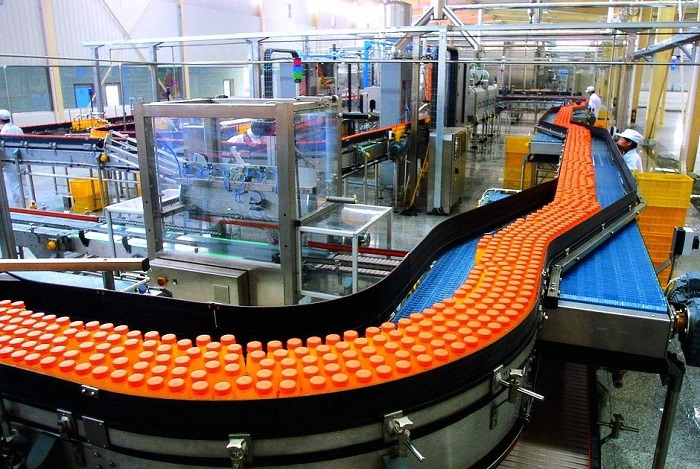The Internet of Things is revolutionizing the food industry. We are seeing more connected sensors, motors and controllers on the factory floor than ever before, and these technologies are being used in innovative ways to optimize operational processes and inform valuable operational decisions. There are four main areas in the food industry: product quality, food safety, packaging, employees, and the Industrial Internet of Things is having a major impact in these four areas.
1. Product quality
Connected factories can also benefit producers by improving the consistency and accuracy of product quality. Today, product recipes and processes can be stored on servers and pushed to all of a company’s operating facilities. This helps ensure product consistency no matter where it is produced.
Companies can also send quality benchmarks and metrics, such as cooking times and temperatures, to connected devices. The machine, according to its programmed instructions, adds certain ingredients and runs a specific recipe at a specific time and operates in a specific way.
Factories leveraging Industrial IoT technology can be monitored remotely. This helps improve formula accuracy and product consistency.
2. Food safety
Preventing food recalls is critical to consumer health, company reputation and profits. Today’s Industrial IoT technology can eliminate bad products from leaving the factory, thereby eliminating food recalls. This can be done by setting up the system with sensors and data collection points.
For example, in a plant that produces soy sauce, the processing step requires heating to 192°F for 5 minutes to ensure that all Hazard Analysis and Critical Control Points (HAccp) and regulatory requirements are met. In the past, because it could take a long time to send a manual report to quality control, users might not realize there was a quality issue with the batch until the soy sauce was packaged.
However, the sensor can measure these time and temperature values in real time and send an immediate notification if requirements are not met. This helps save time and money while reducing the risk of bad products leaving the factory. With real-time Industrial IoT technology, potential food safety issues can be quickly identified and dealt with internally before a recall occurs.
3. Packaging
When it comes to packaging, changeovers and downtime are the biggest factors today. As always, our goal is to run the most product with the least assets as quickly as possible to maximize revenue. A well-connected factory can help achieve this goal by making packaging more efficient.
Sensors on packaging equipment can be programmed to know what items are being packed at a given time. Sensors can verify that the correct packaging is used for various individual products and immediately stop the process if there are errors. Traditionally, if a bag contains the wrong product, it can take a long time to discover, resulting in wasted product and packaging. Nowadays, packaging errors can be eliminated by capturing them in real time.
In industrial IoT based factories, tag parameters can also be downloaded from the server. It can be sent to a connected device instead of an operator manually entering the information, which reduces potential operational errors.
4. Employees
Industrial IoT technology closely connects employees to their work. With deep access to sensor and software data, employees will understand their facility’s operational processes better than ever before.
Today’s facilities can “interact” with employees and notify them promptly when problems arise. This enables factory employees to do their jobs better. Industrial IoT technology facilitates two-way interaction between factory workers and equipment.


The future of connected food factories
Industrial IoT technology gives food processing facilities unprecedented access to real-time data. However, many food manufacturers are still learning these capabilities and how to use this new data.
The adoption of Industrial IoT technology has begun, but there is still a long way to go before it becomes widespread. This technology has a huge impact on food manufacturing, but widespread adoption will take time.
